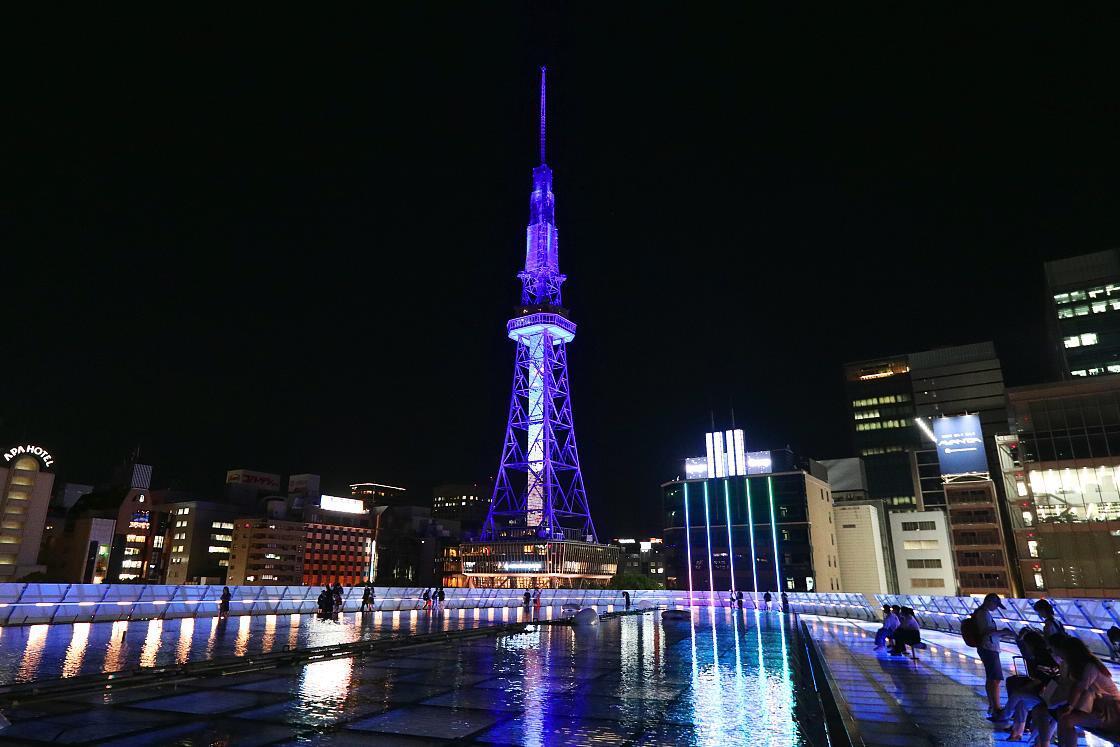Nagoya: the Shogun’s City
For future travelers planning a trip to Japan, one phrase that tends to come up often is the Golden Route - an itinerary of the country's "greatest hits", said to include all of the essential sights and experiences a first time visitor could need to get a real sense of the country. Despite the odd variation - some travel companies like to include Hakone for its hot springs and views, while others opt instead for Hiroshima - the stars of the show are invariably the cities of Tokyo and Kyoto, and the speed, comfort and convenience provided by Japan's shinkansen network.
With visitors embarking on their own version of the classic itinerary in their tens of thousands every day, it has clearly been a very successful formula - but as concerns about overtourism continue to grow, there's never been a better time to re-evaluate the Golden Route, and what it might be missing.
One destination that definitely merits a second look is Nagoya, Japan's third largest metropolitan area after Tokyo and Osaka. While it tends to suffer in comparison with Tokyo and Kyoto, it's a city that has played a vital role in Japan's history as both a cultural and industrial center, while its bright lights and lively atmosphere belie its somewhat sterile image. For travelers keen to venture off the beaten track, it can even serve as an ideal base to explore other destinations and sightseeing spots in the region, from Hida-Takayama and Magome to Inuyama Castle.
For this video project, I set out to introduce some of the city's highlights, with an itinerary that is easily repeated either on a self-guided basis, or as part of a full-day guided tour offered by Discover Nagoya Tours.
One of Nagoya's key advantages is its location on the JR Tokaido Shinkansen, allowing for direct, speedy access to other major cities like Tokyo, Kyoto and Osaka, as well as Odawara - gateway into the popular Hakone area. Whatever your ultimate destination, if your Japan itinerary takes you through the JR Tokaido, Sanyo or Kyushu shinkansen lines, the Tokaido Sanyo Kyushu Shinkansen Online Reservation Service can make your travel arrangements even easier with ticketless entry and the ability to book journeys and seat reservations in advance.
To get started, you'll first need to head to the Tokaido Sanyo Kyushu Shinkansen Online Reservation Service website, and register as a member. Next, search for your desired train from the member page and make a reservation. Once this is done, you'll receive a QR code to board the train. When entering and leaving a station, simply hold the QR code over the ticket gate.

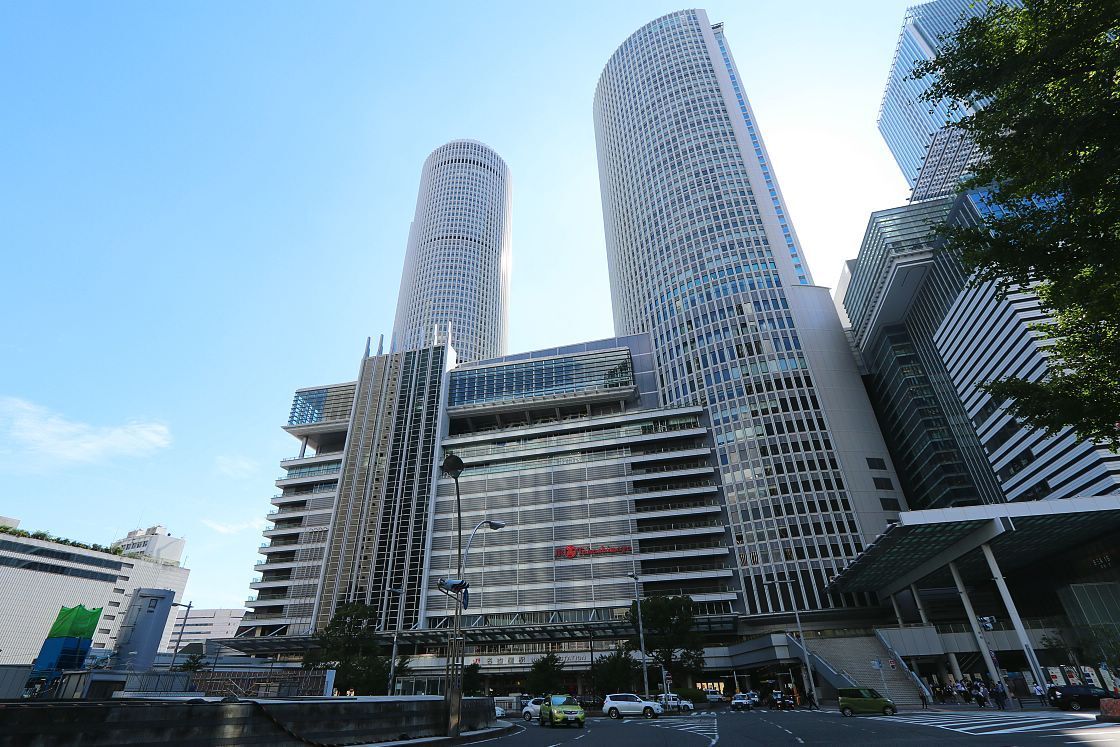
My visit began at Nagoya Station, known to locals as Meieki. First opened in 1886, it is today one of the world's largest train stations and - due to its two impressive cylindrical towers packed with restaurants, bars, high end shopping and even a hotel - also one of the tallest buildings in the country. After beeping through the ticket gate using my QR code, I made my way along the busy concourse to the attached bus terminal, located close to the Sakura-dori exit on the east side of the station.
Where other Japanese cities can be complicated or time consuming to navigate, Nagoya has a fantastic resource for travelers in the form of the Me-guru Sightseeing Route Bus - an easy-to-use bus service with regular departures covering all of the city's major sightseeing spots in a single loop. After finding my way to the terminal's eleventh bay, I jumped on the next one to appear and was soon heading for my first stop of the day at Nagoya Castle.
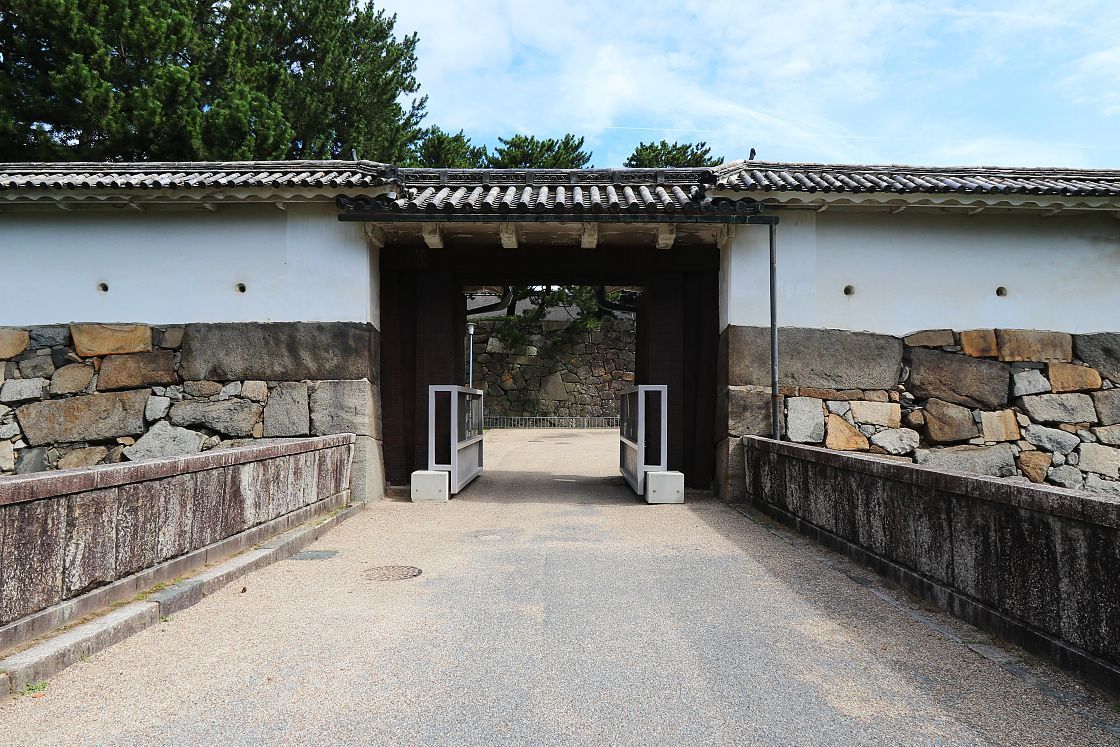
In the 1500s, Japan was consumed by wars as powerful regional lords competed for territory and status. After many twists and turns, the warlord Tokugawa Ieyasu eventually emerged as the ultimate victor, and after being named Shogun spent what remained of his life securing the dynasty that would rule over a united Japan for 260 years - the Tokugawa Shogunate.
To consolidate his power, Ieyasu turned his attention to Owari Domain - today the western part of Aichi Prefecture - a strategically vital region at the center of Japan, close to his own family's ancestral lands. After relocating the capital of Owari to Nagoya, he installed his ninth son, Yoshinao, as lord, establishing a new cadet branch of the Tokugawa that continued to govern Owari until 1871, leaving behind a rich cultural legacy that has survived to the present day.
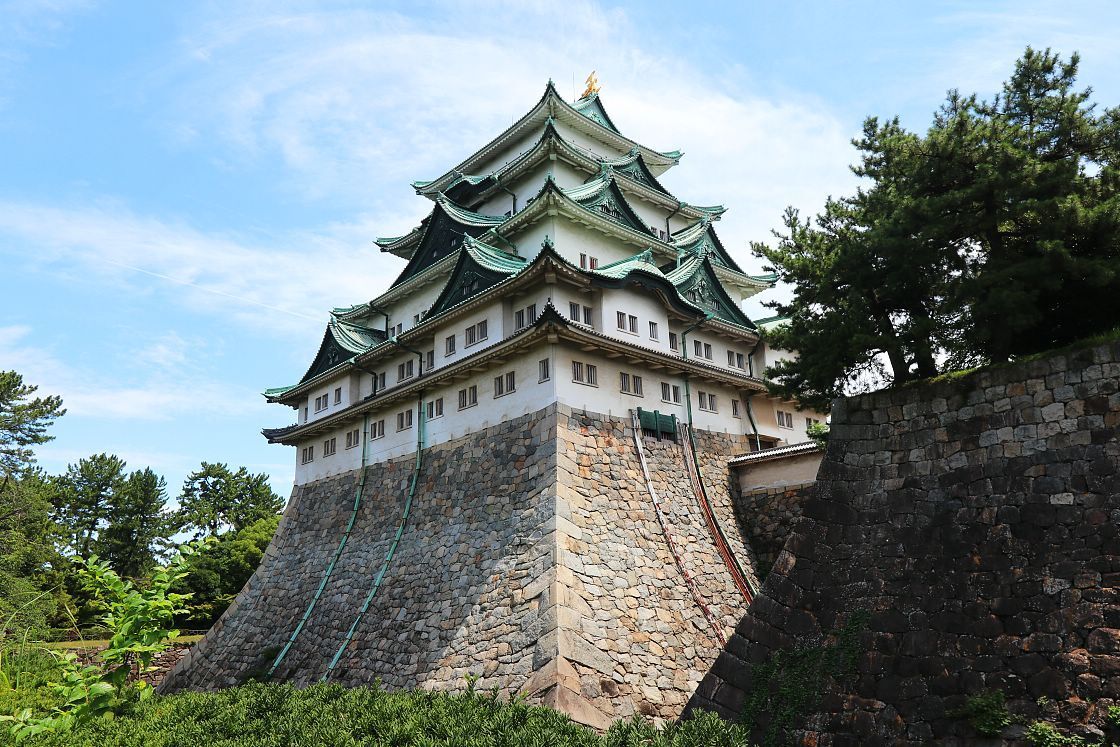
Despite its destruction by bombing in the Second World War - what we see today is a modern reconstruction from steel and concrete - Nagoya Castle is at once the city's most iconic building, and the most visible continuation of that legacy.
Aside from its sheer size, one of the castle's best known features is the pair of two meter high shachihoko - mythical beings with the heads of tigers and the bodies of fish - adorning each gable of the its uppermost roof. Believed to offer magical protection against fire, it is said that should a building under their protection catch fire, water will come gouting from their mouths to quickly put it out. The extensive double moat and huge defensive walls - both of which are mostly original - are also very striking, and must have dominated the surrounding landscape.
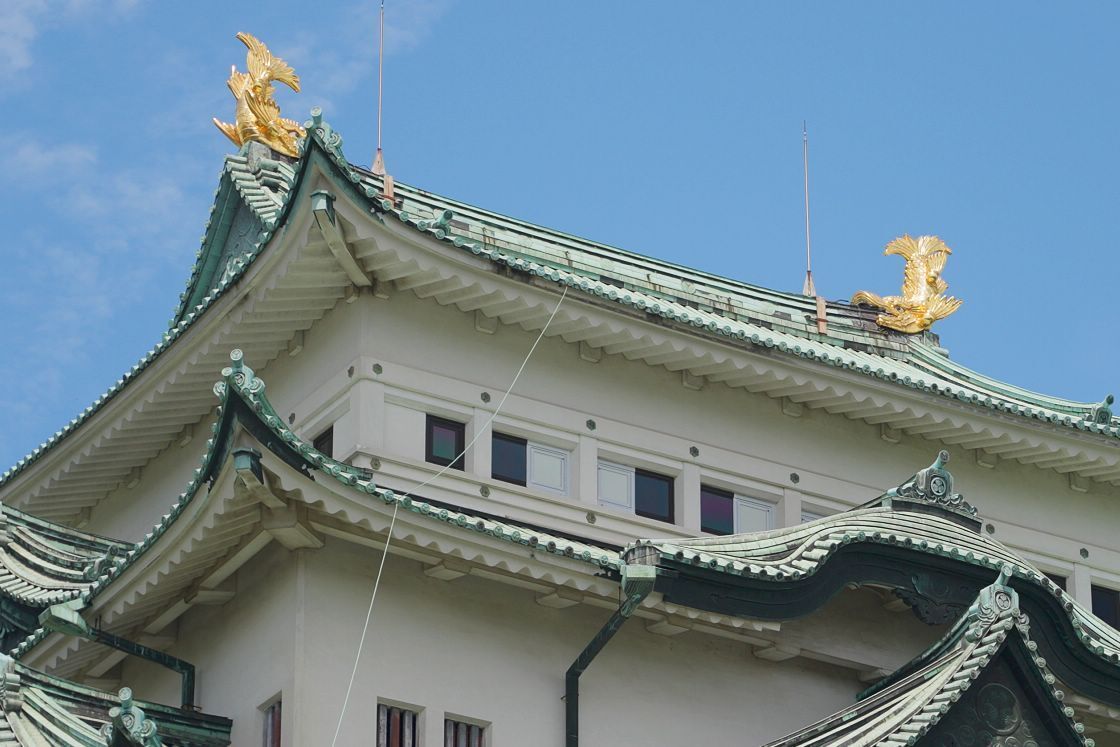
For me, the highlight of any visit to Nagoya Castle is the reconstructed Honmaru Palace - a lavish building inside the castle's main circle that was at once an administrative headquarters, the primary residence of the daimyo and a home away from home for the visiting shogun. Completed in 2018 using largely traditional materials and methods, it feels a lot like stepping back in time to see the inside of a real samurai palace just as it would have looked in the feudal era.
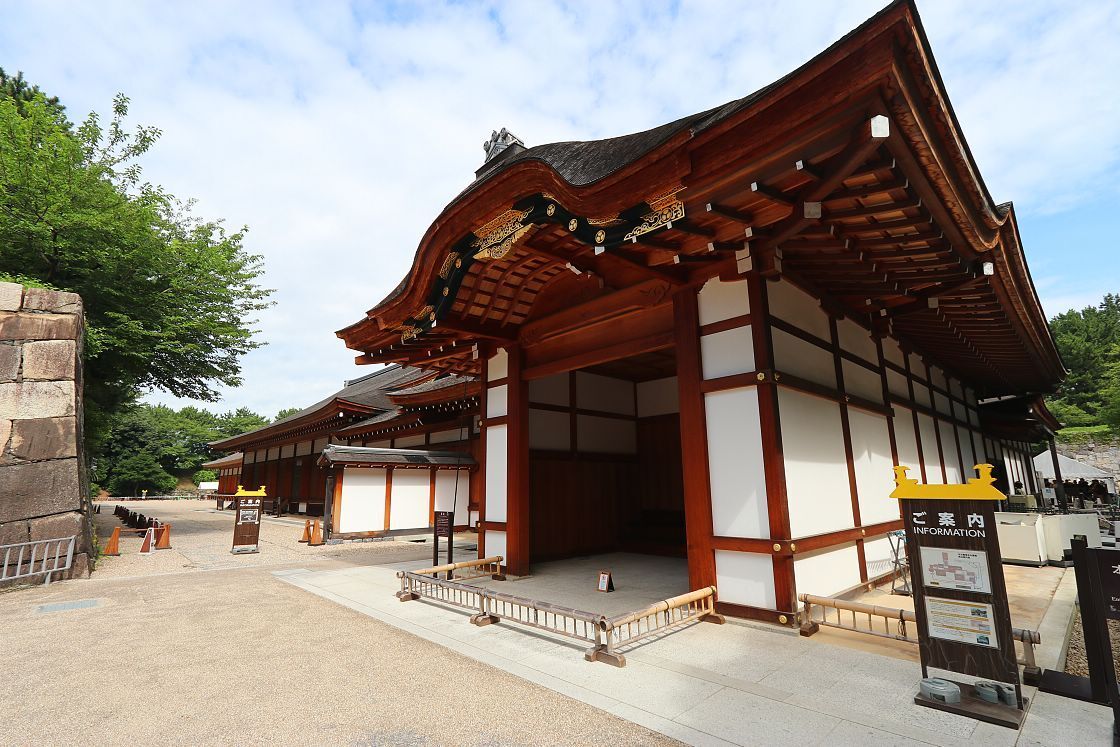

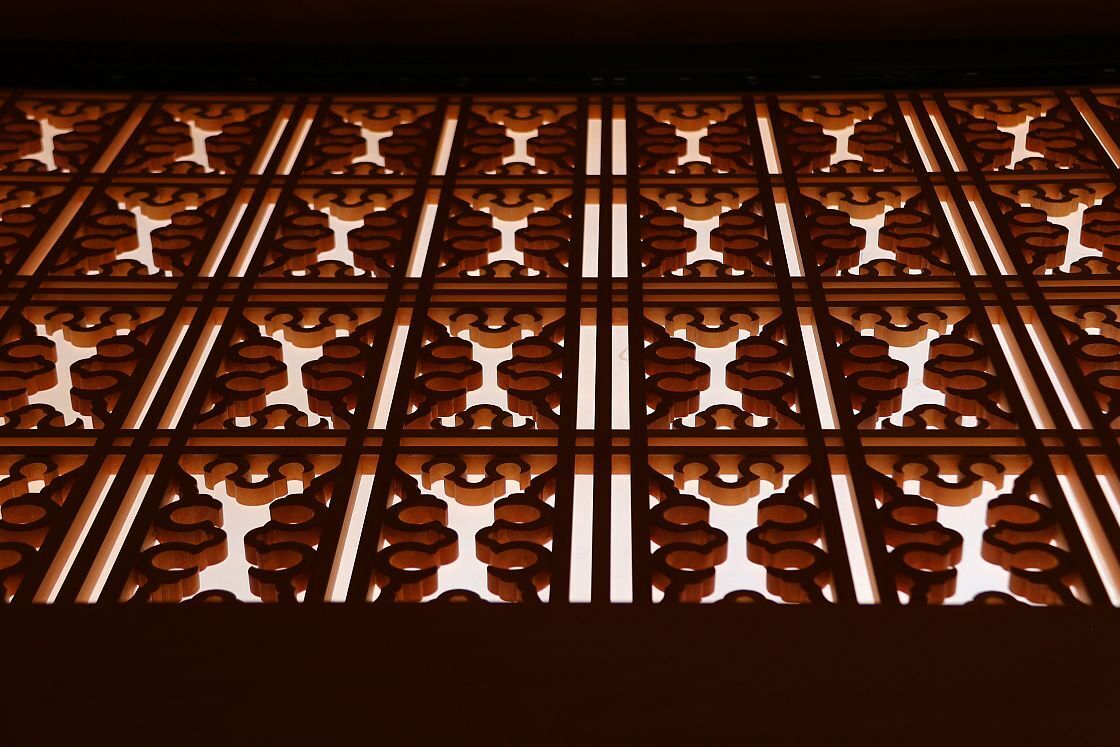
As something of a Japanese history buff, I'm used to looking at centuries-old buildings or artifacts - but there is something wonderfully immersive about seeing so many carved panels or painted screens in their original vivid colors, with cleverly interlocked beams still giving off a rich, natural scent.
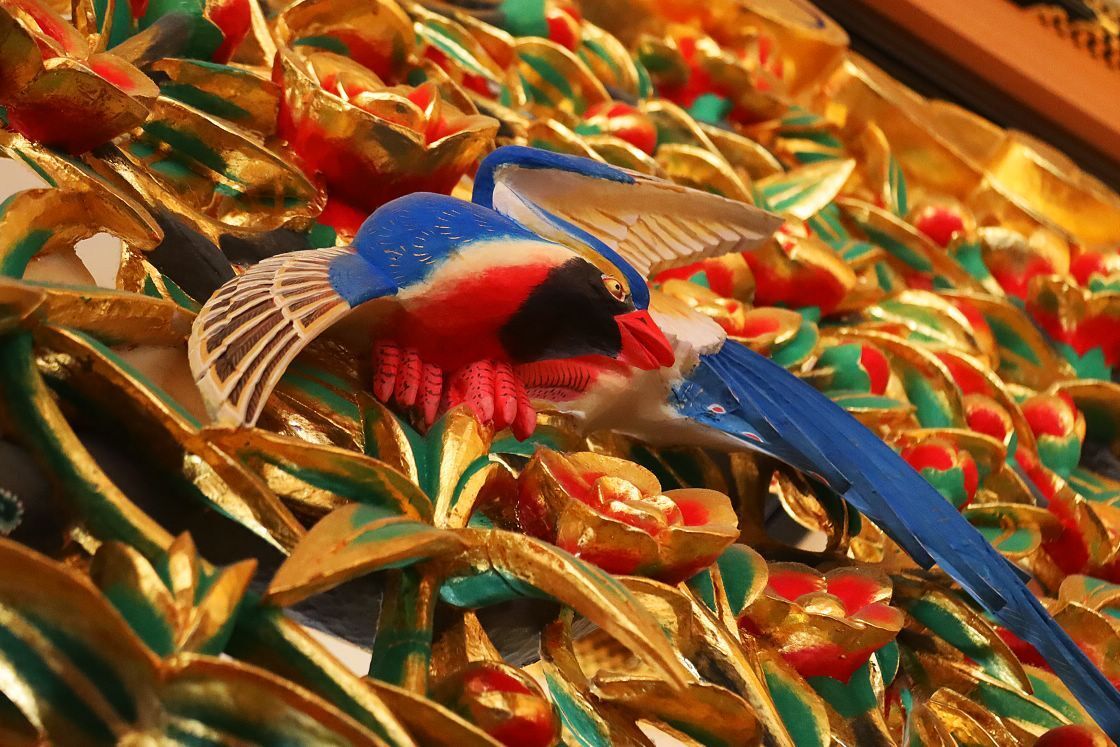
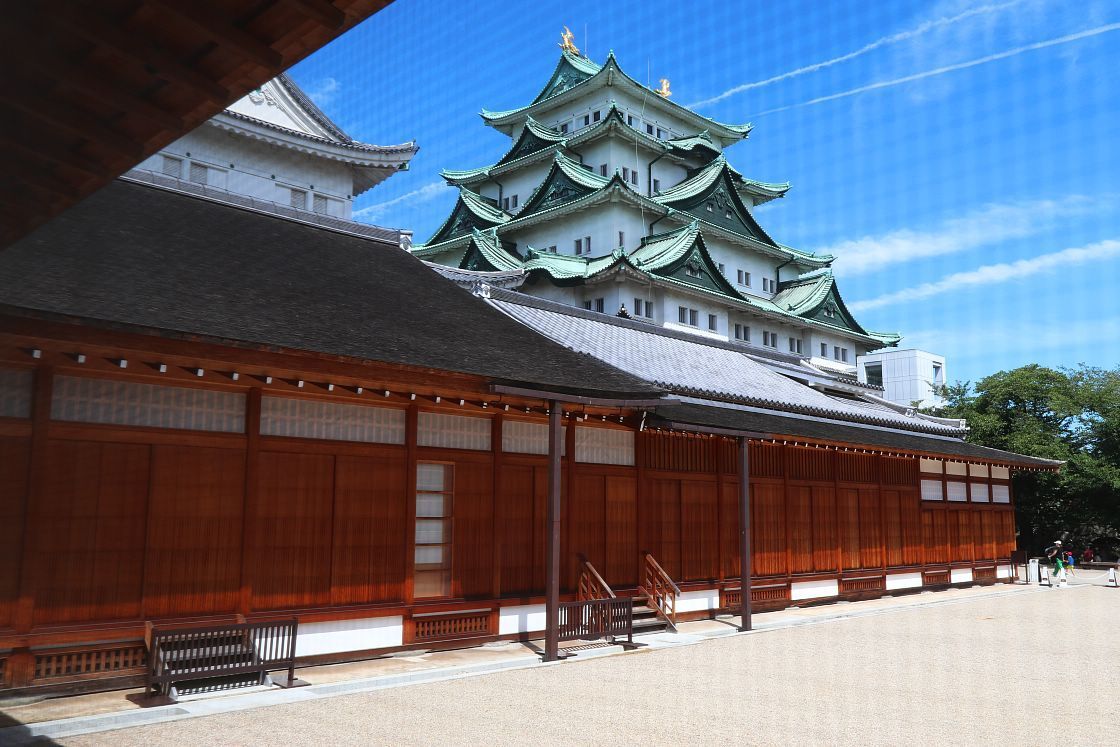
Leaving the castle behind, I hopped on another sightseeing route bus for a 15-minute ride to the second stop on my list. While the castle was the center of administrative business for the fief at large, the Owari Tokugawa family based themselves in a series of walled compounds located three kilometers to the east. At its heart was a large and lavishly appointed villa that once served as a private retreat for the clan's most senior members. Donated to the city in 1931, it is today the site of the Tokugawa Art Museum.

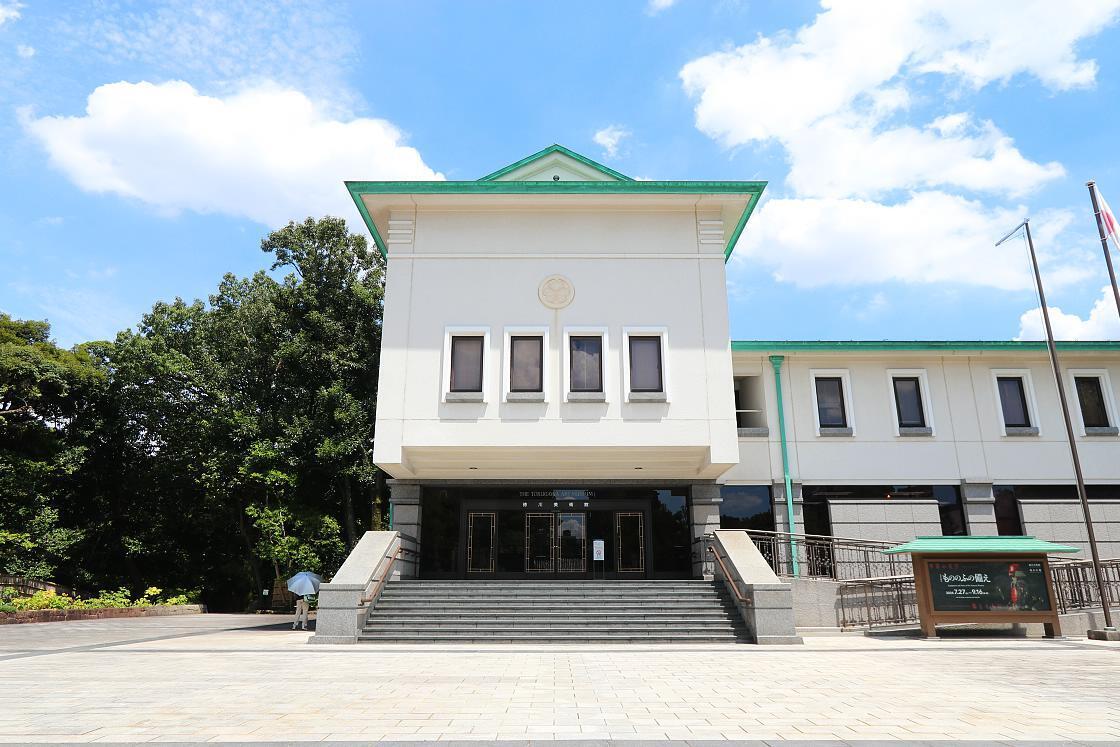
Among the museum's unparalleled collection are over 10,000 family treasures bequeathed by the Owari Tokugawa or purchased from other daimyo families, from arms and armor to personal items, many so immaculately preserved that they might have been made yesterday.
The museum was full of fascinating and beautifully presented objects, but two particular displays stood out for me: a full-sized noh theater stage complete with delicate carvings - noh performances having been used to mark important state occasions - and a partial reconstruction of a formal room in a daimyo's residence, allowing a number of treasures to be shown in something like their original context.
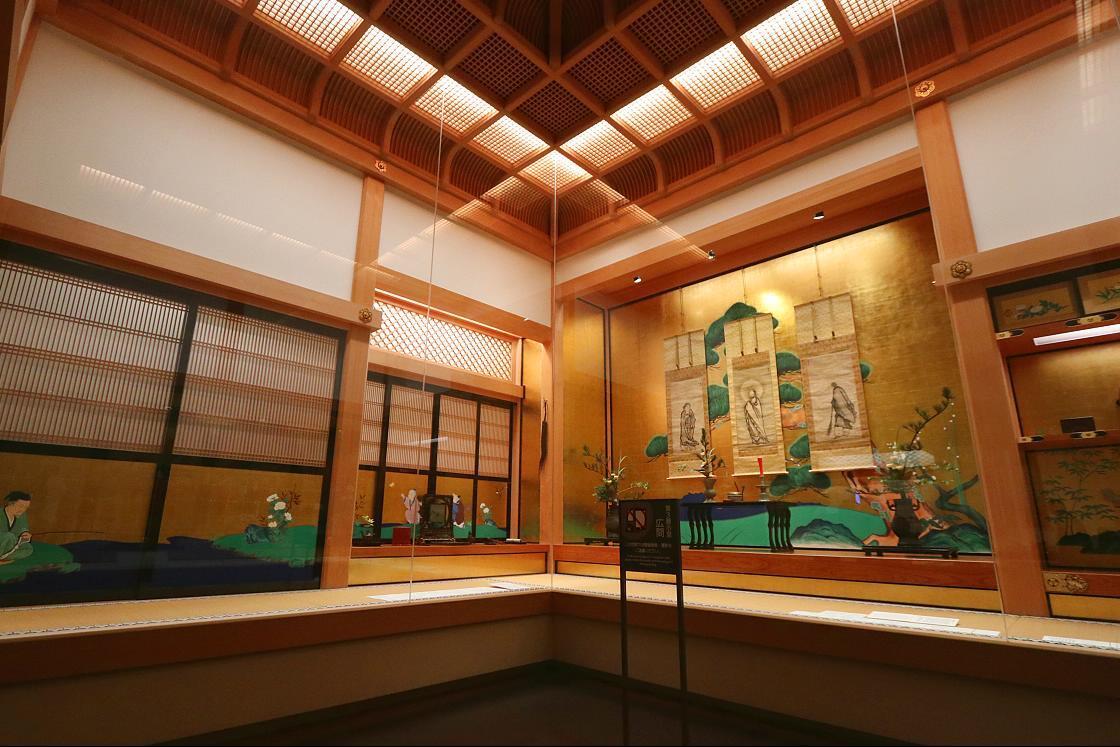
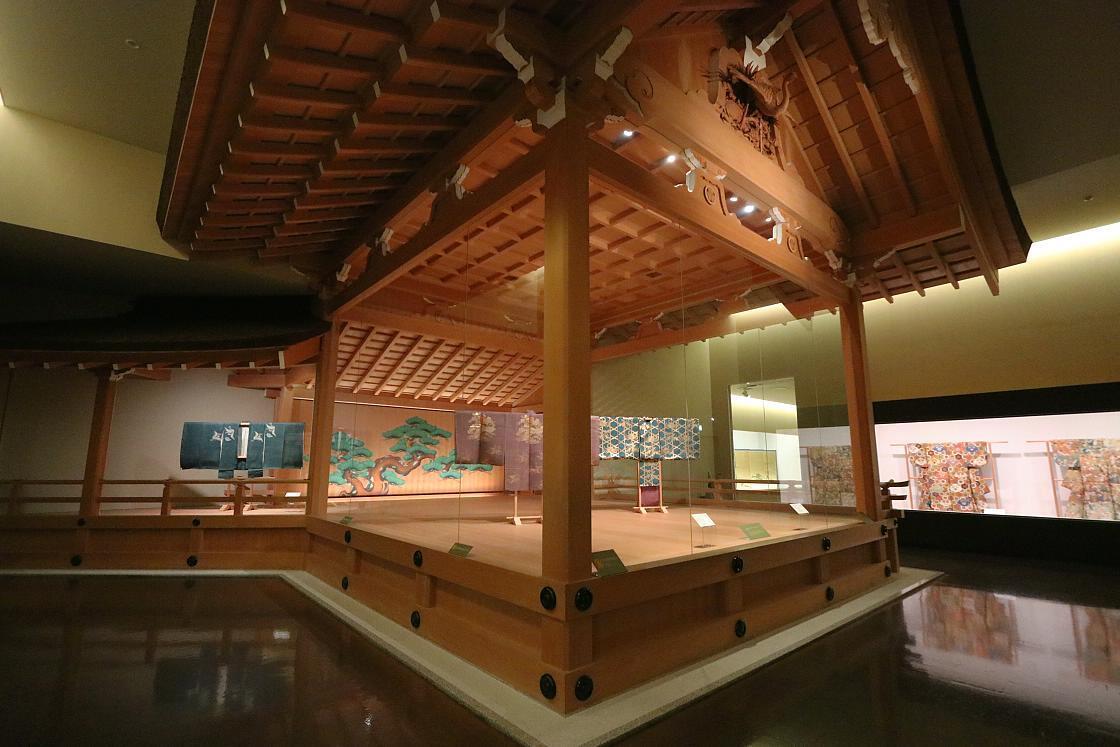
Just a few steps from the museum is Tokugawa-en - a medium sized landscape garden, built on the site of the second Owari Tokugawa lord's mansion. Built around the large Ryusen Lake, the garden also features a stream, waterfall, bridges and seasonal flowers.
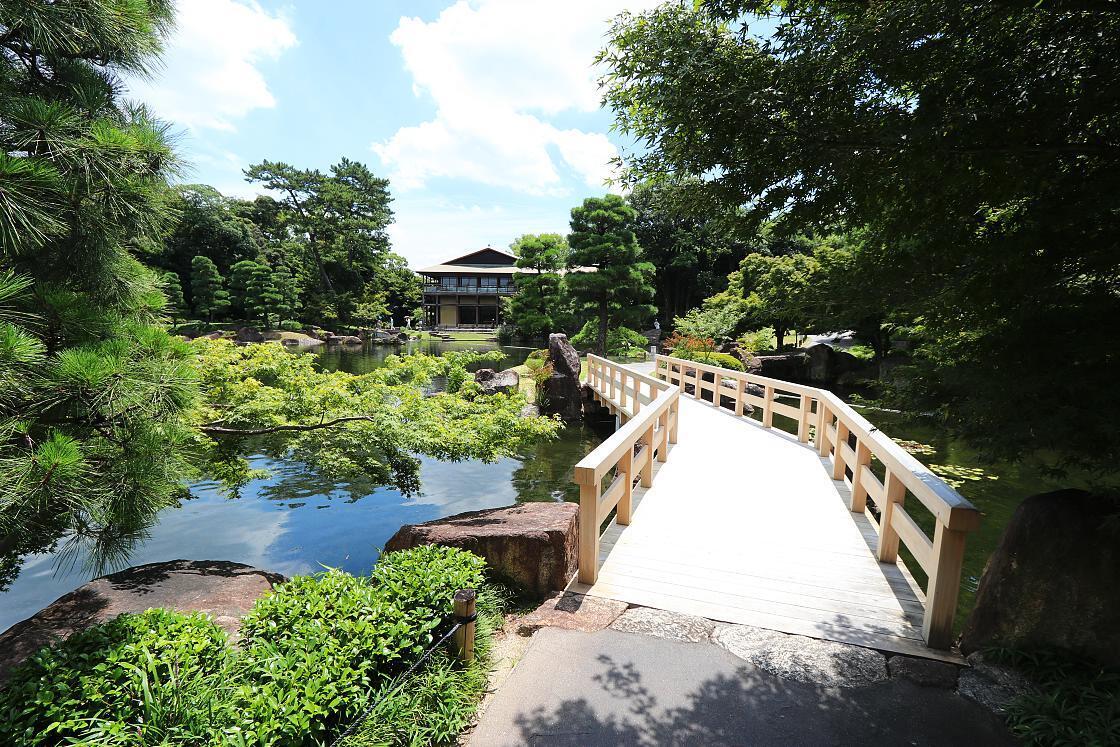
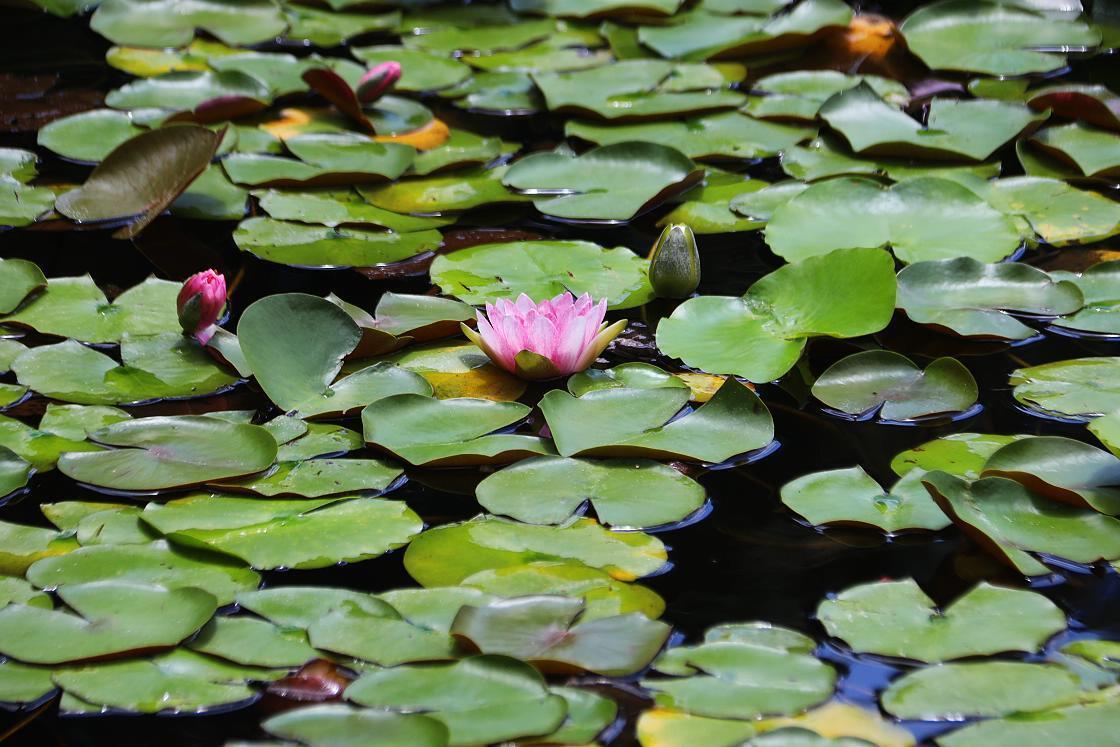
After enjoying a stroll around the garden, I stopped by a beautiful period building just outside the paid area known as Sozanso. Originally built in the 1930s as a guesthouse, it was later donated to the city and relocated to its present location, where it now serves as a cafe specializing in premium Japanese teas.
Taking a seat by a large bay window looking out onto a separate, smaller garden, I ordered a set that came with a whole series of tea related components, a traditional sweet and surprisingly detailed instructions on how to enjoy everything correctly - delicious and educational!

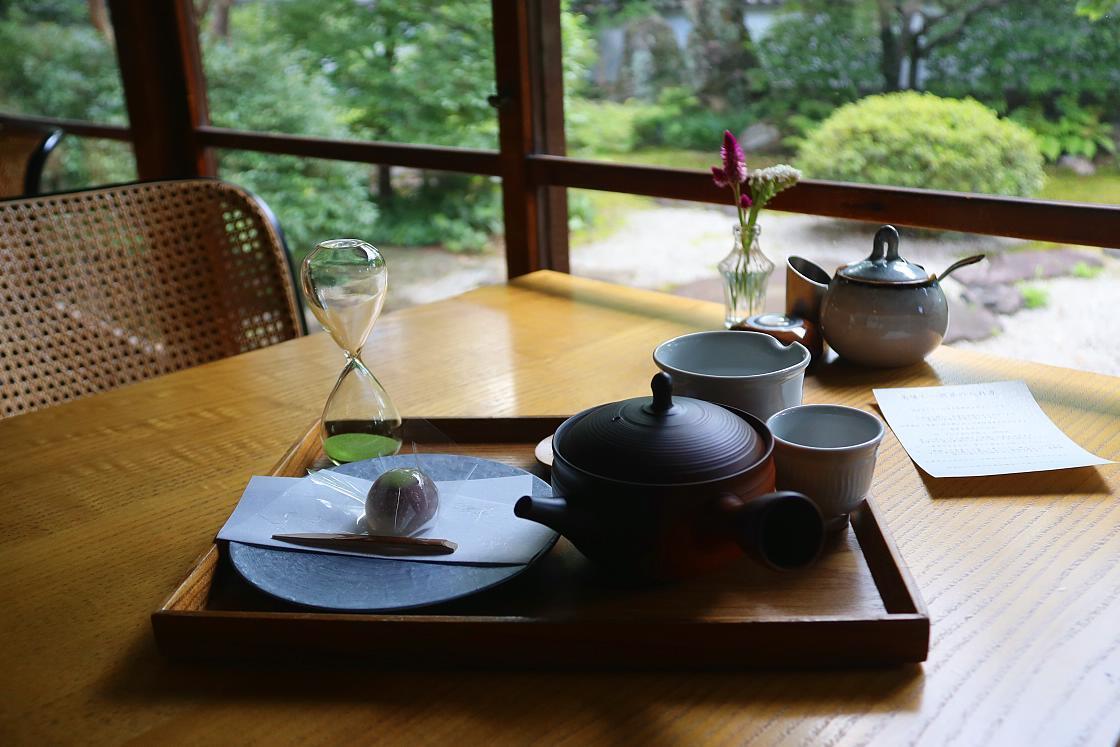
With the afternoon giving way to early evening, it was time to check in to my accommodation for the night at the Royal Park Hotel Iconic Nagoya - a new high rise luxury hotel that opened earlier in 2024, occupying the top floors of a new skyscraper building in Nagoya's midtown Sakae district. Inside, it's an elegant mix of classic style and modern minimalism, taking full advantage of the spectacular views its location affords.


My room was compact but very stylish, with a decent sized window to enjoy the cityscape below, while many of the usual amenities were secreted away in discrete sliding drawers and a cylindrical pillar made to resemble a traditional tea caddy, preserving the sleek, minimal look.
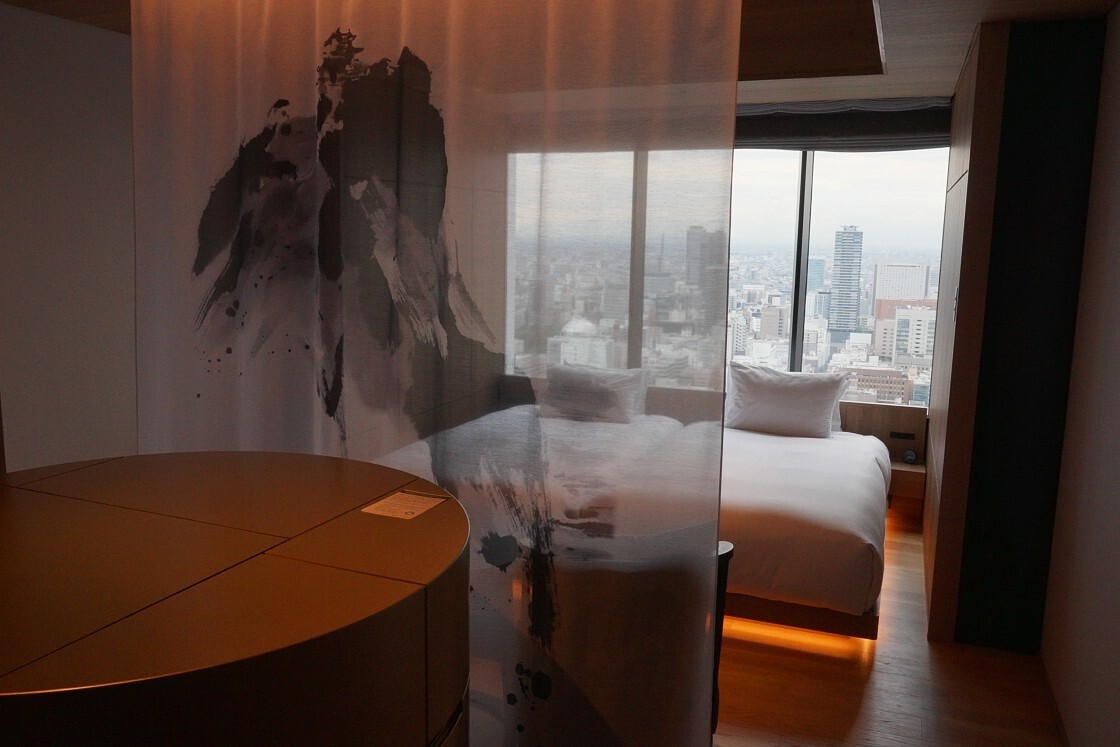

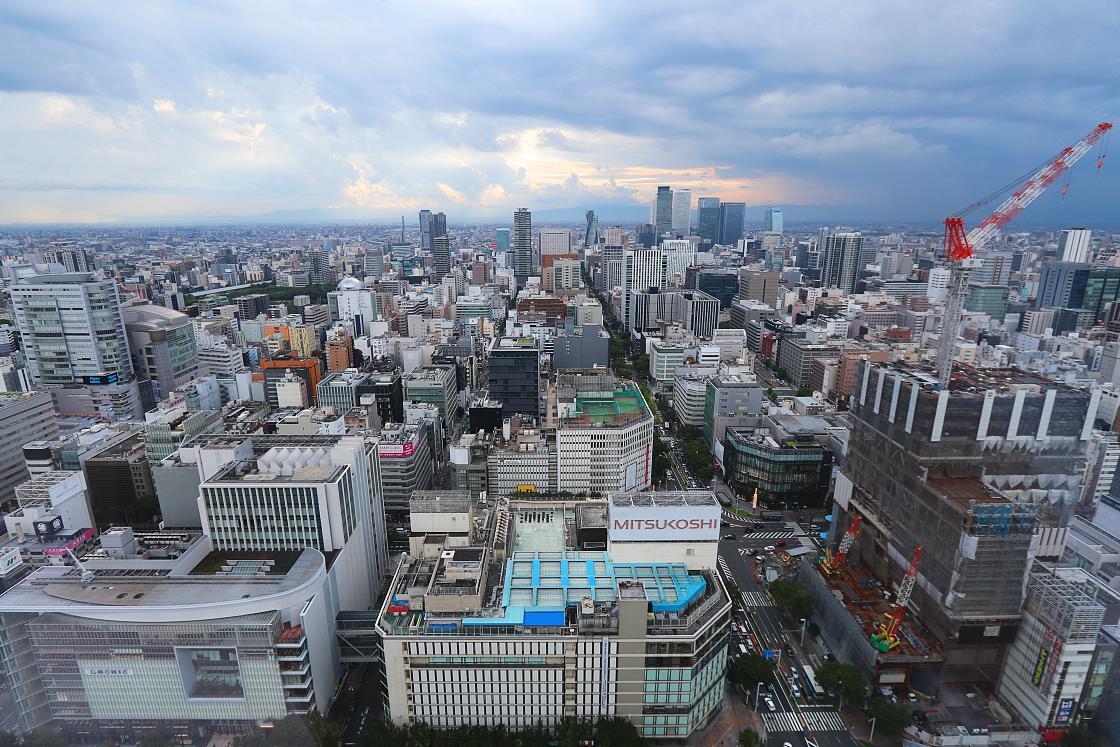
After getting settled in, it was soon time to head out for a look at the city and something to eat. My meal for that evening was at Yama Chan's Fushimi branch - a one of a kind, higher-end version of a popular restaurant chain with origins in Nagoya, but also found in a few other cities across Japan. Founded back in 1981, the brand is especially beloved in its native city for its take on tebasaki, or phantom chicken wings - cooked Nagoya-style, deep fried without batter and seasoned with a mix of herbs, spices and lots of pepper.
Out of a whole series of delicious small plates, from the usual mixed sashimi to other local favorites like chicken tempura, the tebasaki were definitely a new favorite - and the perfect accompaniment to a few cold beers after a busy day of sightseeing.
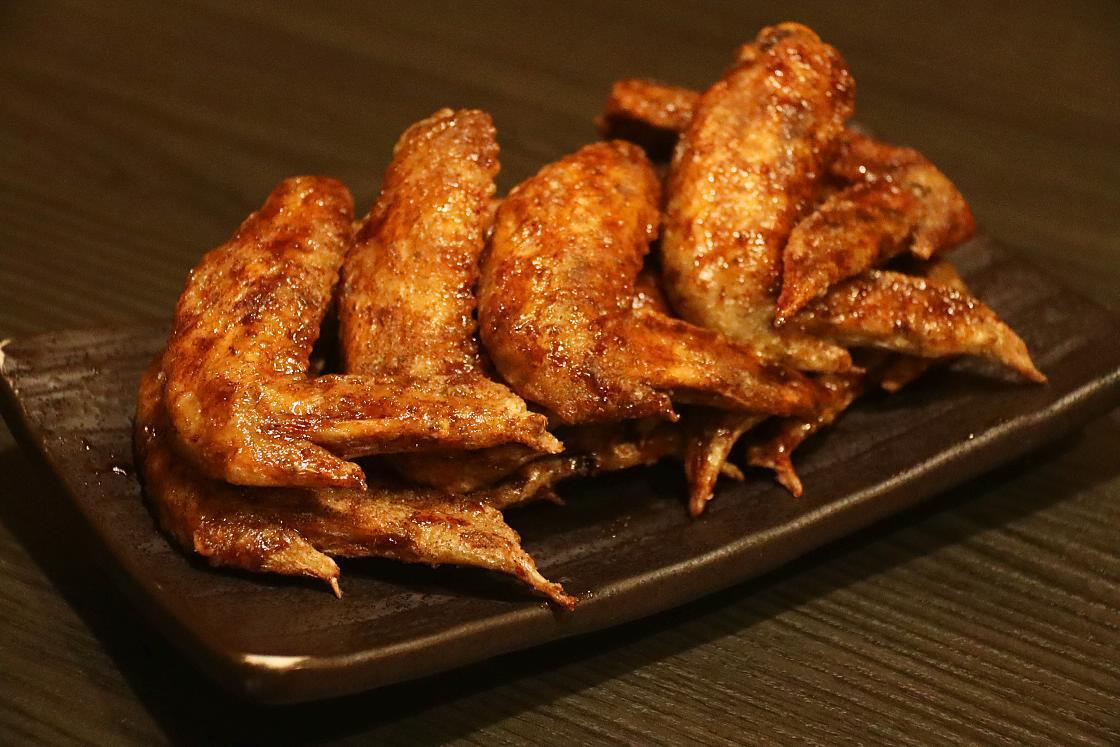
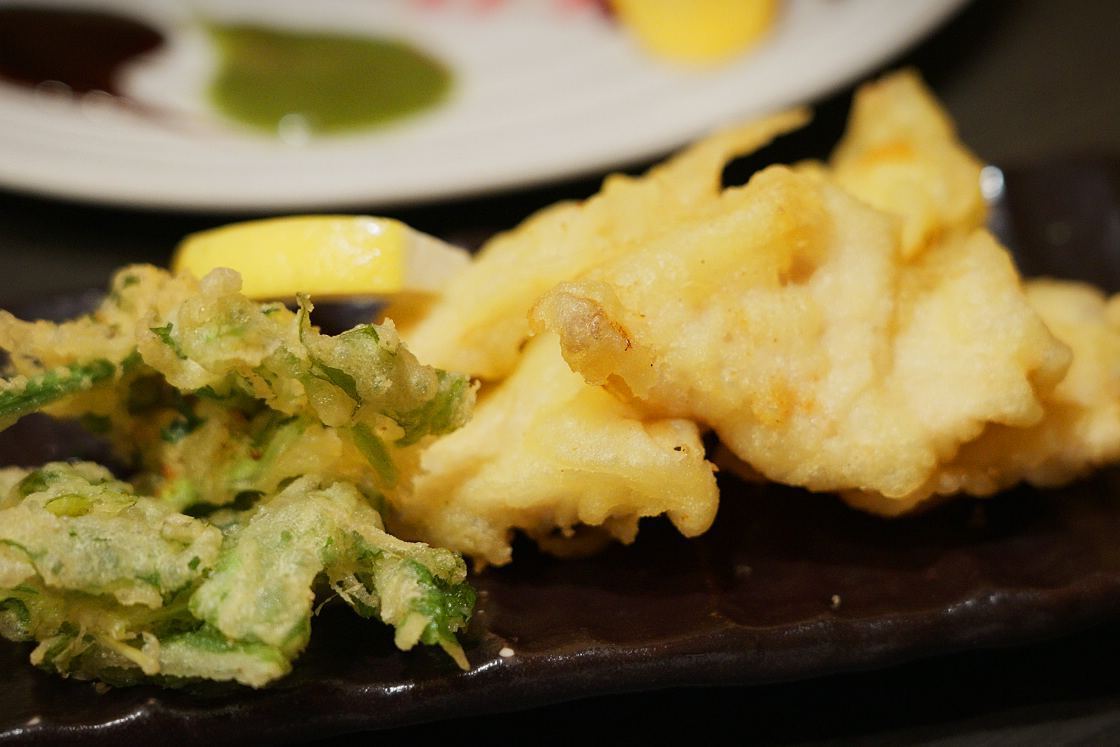
After my meal, I took a short stroll along the nearby Hisaya Odori Park - a roughly two-kilometer stretch of green park space in the heart of the city. The middle section of the park is dominated by the 180-meter Chubu Electric Mirai Tower - the oldest TV tower in Japan and Nagoya's most iconic sight after the castle.
Just a few steps from the tower at the park's eastern edge is another striking structure - the floating glass oval roof of the Oasis 21 shopping complex, known as Spaceship Aqua. While the facility's shops, restaurants and bus center are located in a sunken underground space, the roof is largely covered by a thin pool of water, creating an interesting effect not unlike an infinity pool.
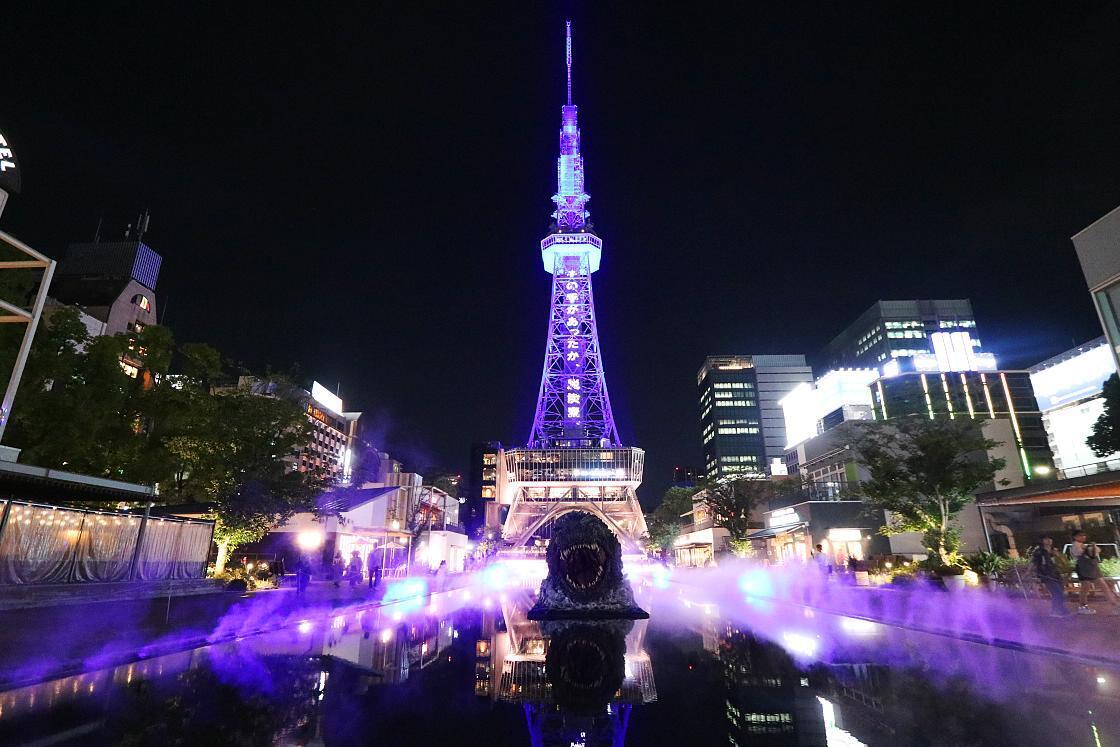
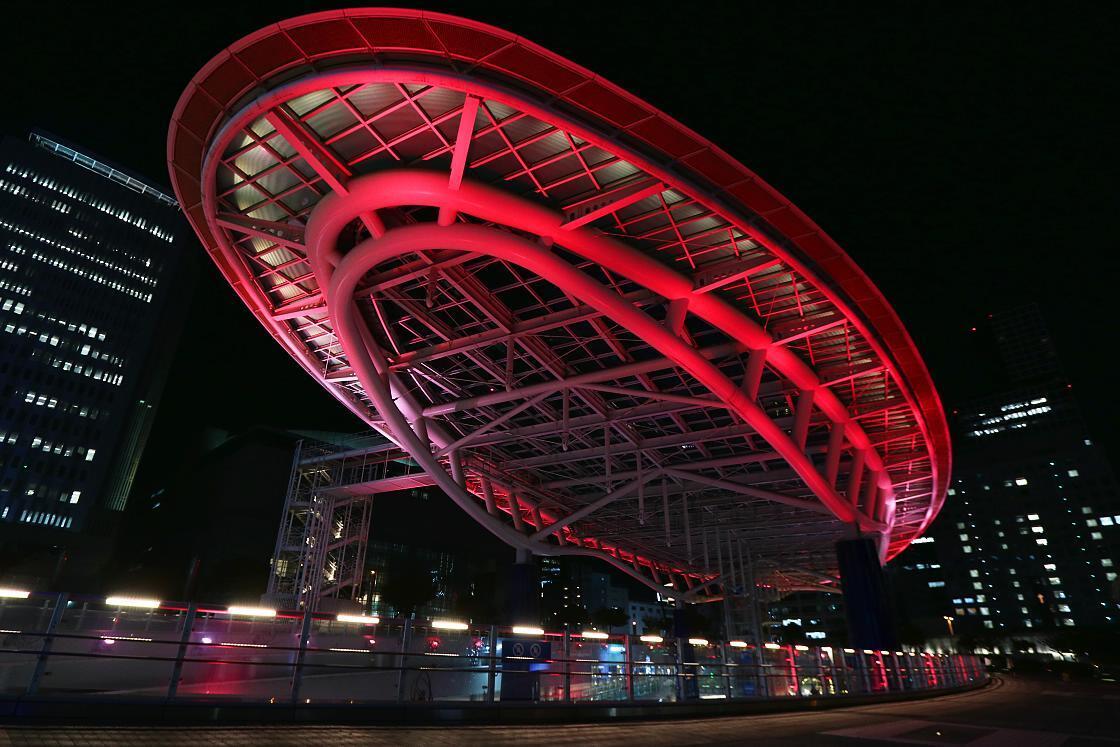
Retracing my steps back to the hotel, I enjoyed a last look at the city lights from above before turning in for the night.
Early the next morning, I set out once again on the sightseeing route bus for the final stop of my trip. Japan has long been known around the world for its manufacturing expertise, and the cornerstone of that reputation has to be the success story of Toyota - a company that began life in 1926 as a maker of textile looms, only to grow into the world-spanning automobile giant that we know today.
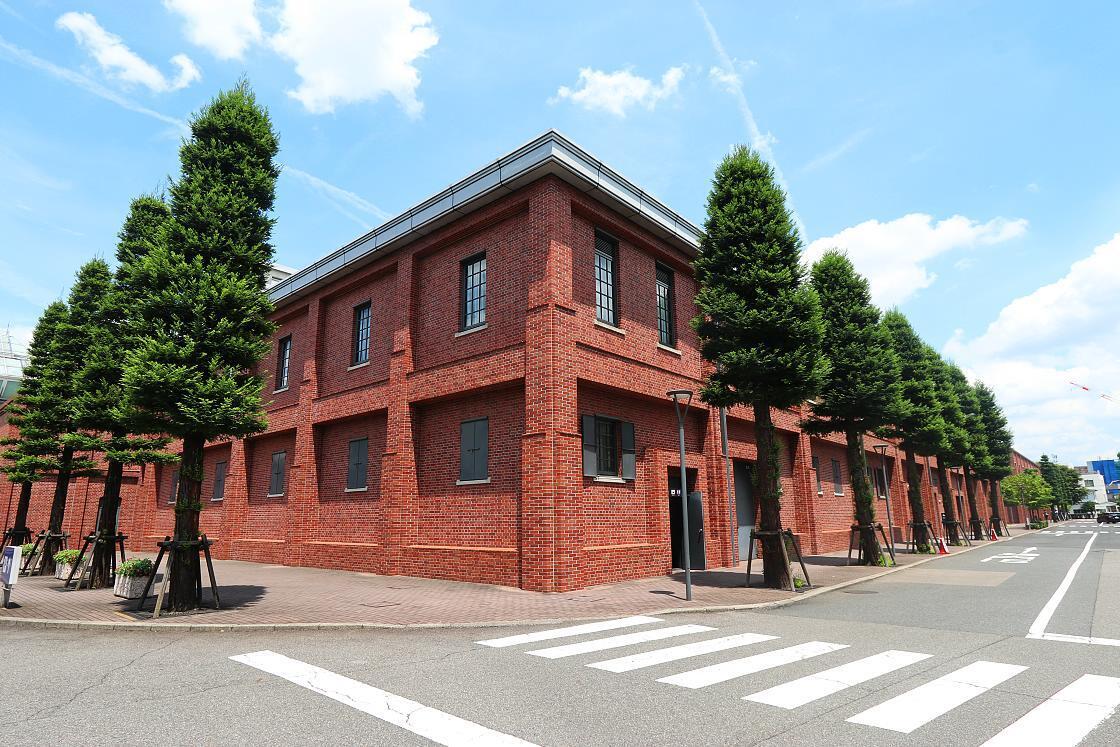
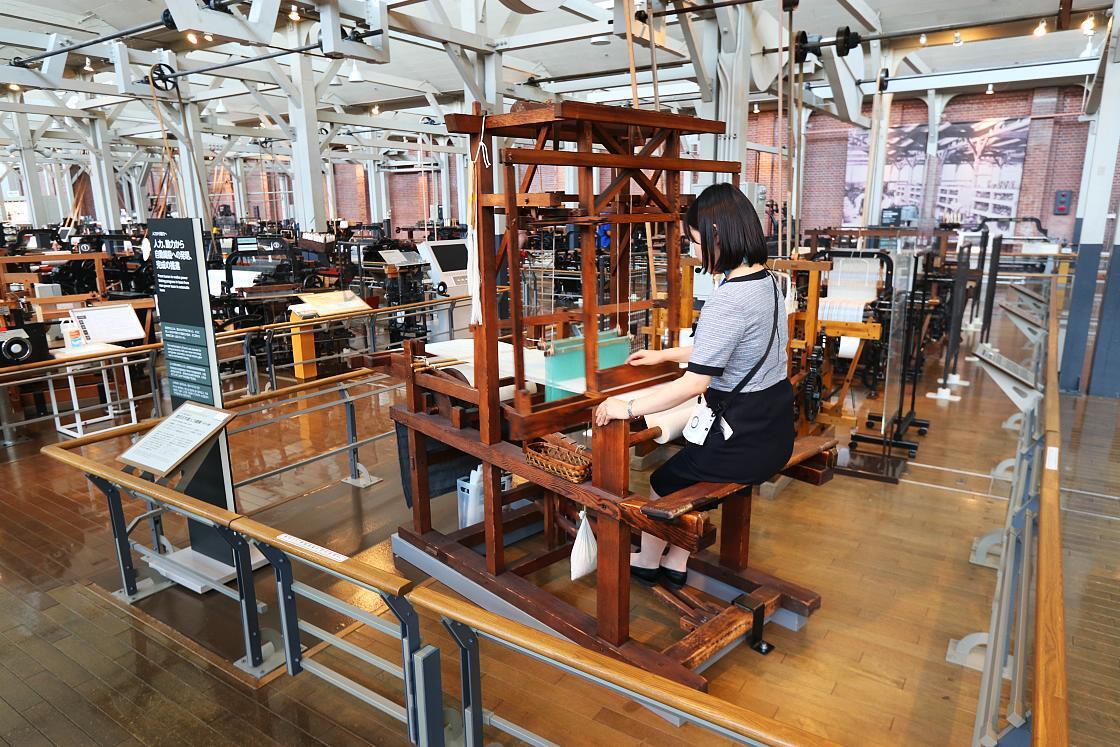
Set in an interesting redbrick building that was once the company's main plant, the Toyota Commemorative Museum tells that story through a well-presented collection of items and displays - culminating in a timeline of some of the manufacturer's best known cars and the technological developments behind each of them.
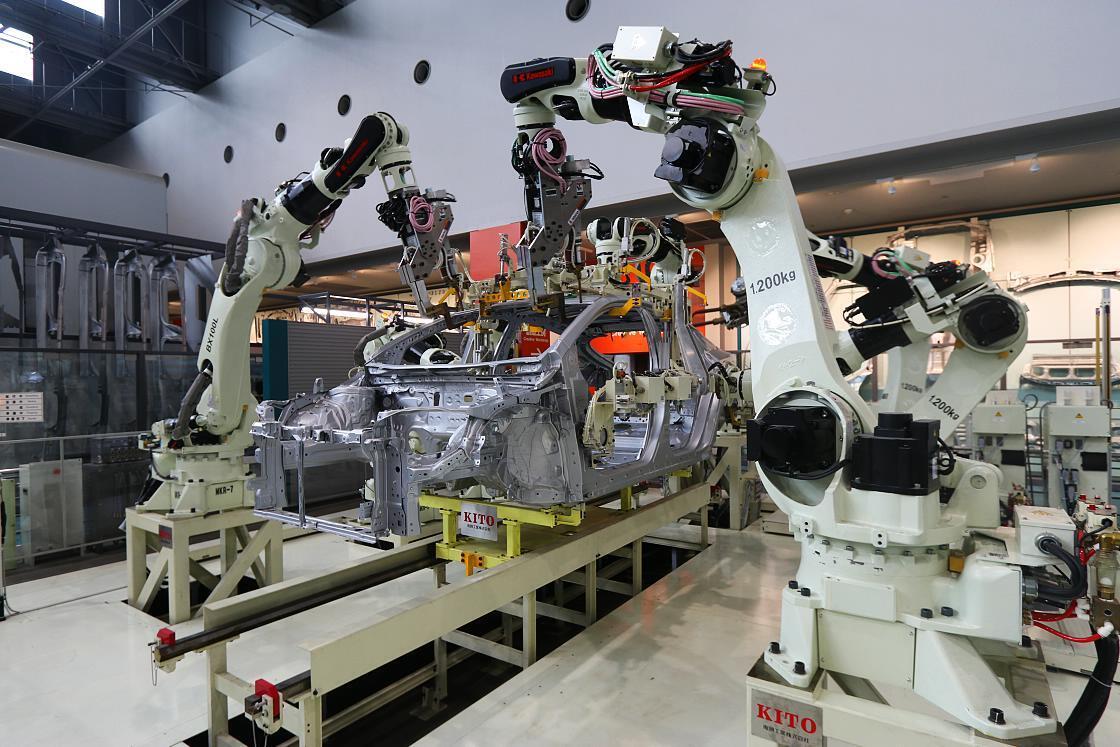

With that, it was time to retrace my steps to Nagoya Station, where I would once again be using the Tokaido Sanyo Kyushu Shinkansen Online Reservation Service to continue my journey in the direction of Osaka and Kyoto.
Looking back on my time in the city, I was very satisfied to have packed so many interesting experiences into just a day and a half, from strolling through the beautifully reconstructed Honmaru Palace to learning about Nagoya's history as a manufacturing town. Of course, this still represents just a taste of what there is to see and do here, so I hope that more visitors will give Nagoya the chance it fully deserves.
